Decorating a small living room doesn’t mean sacrificing comfort or style. In fact, small spaces have the potential to be some of the coziest and most inviting areas in your home. With intentional design choices and clever use of space, you can transform even the tiniest living room into a snug retreat that radiates charm, warmth, and personality.
Whether you’re working with a compact apartment or a small corner of a larger home, the key to creating a cozy living room lies in thoughtful planning, smart furniture, layered lighting, and a welcoming ambiance.
In this guide, we’ll explore five practical and inspiring tips to help you design a living room that’s both space-efficient and irresistibly cozy.
1. Scale Down and Strategically Arrange Furniture
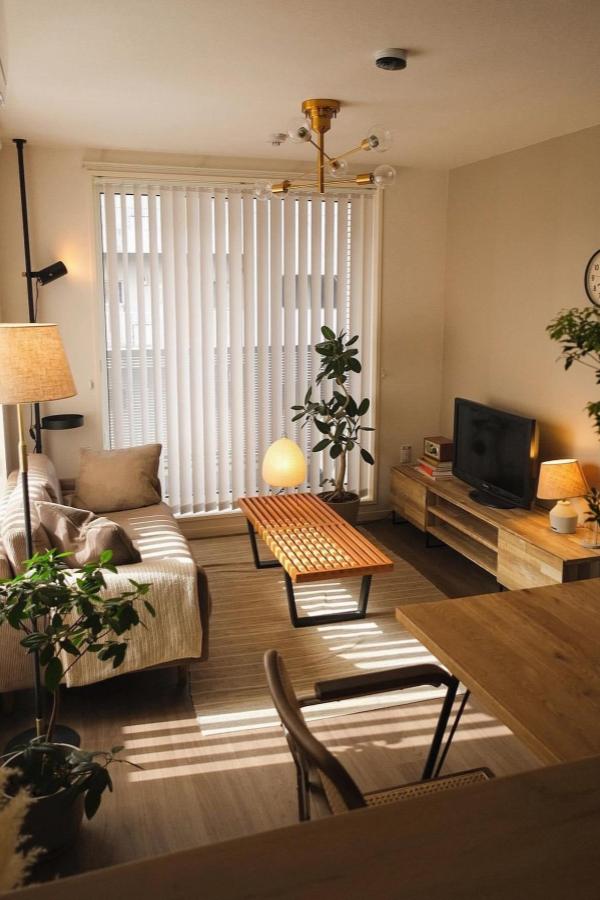
In small living rooms, furniture scale and arrangement play a vital role in creating both comfort and functionality. Oversized pieces can make the room feel cramped, while poorly arranged furniture can interrupt the natural flow of the space.
Choose Right-Sized Furniture
Start by selecting pieces that are appropriately scaled for your space. Instead of a bulky sectional, consider a love seat or a two-seater sofa paired with a sleek accent chair. Armless or low-profile designs also help open up the room visually. Look for multifunctional furniture, like an ottoman that doubles as storage or a nesting coffee table, that maximizes usability without consuming floor space.
Use Floating Furniture Arrangements
Rather than pushing all your furniture against the walls, consider “floating” pieces away from them slightly. This creates a sense of breathing room and allows better circulation around your furniture. Use a small area rug to anchor the seating area and define the space. It adds a visual boundary and encourages a more intentional layout.
Keep Sightlines Open
Maintain open sightlines by using furniture with slim legs or glass elements. For example, a coffee table with a glass top or a chair with an open frame makes the room feel less cluttered and more airy. The more floor you can see, the bigger the room will feel.
2. Use Warm, Layered Lighting for a Cozy Atmosphere
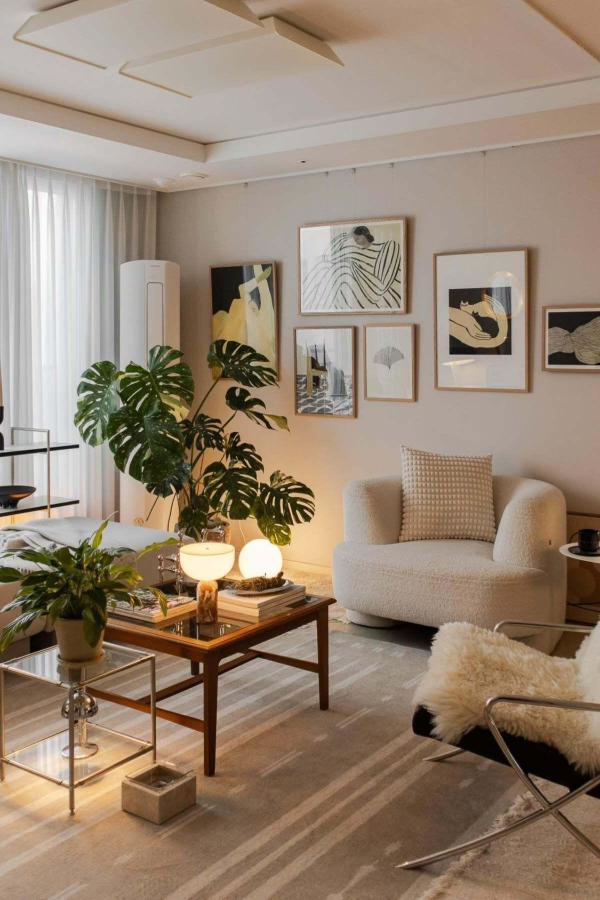
Lighting is one of the most underrated elements in creating coziness, especially in smaller spaces. Overhead lights alone can feel harsh and sterile, while thoughtfully layered lighting creates a soft, ambient glow that encourages relaxation and connection.
Create Lighting Zones
Divide your small living room into functional zones and light each one appropriately. Use a combination of table lamps, floor lamps, sconces, and even string lights to layer illumination. For example, place a table lamp next to your reading chair or use a dimmable floor lamp behind your sofa to wash the walls in a warm glow.
Choose Warm Bulbs
Opt for warm white bulbs (around 2700K–3000K) instead of cool-toned light. Warm lighting mimics natural candlelight and instantly adds softness to a room. It’s especially important in small spaces, where light reflects off walls and surfaces more dramatically.
Add Candlelight or Faux Flames
For an extra touch of coziness, use flameless LED candles or a small electric fireplace. Even a virtual fireplace video on your TV screen can add that psychological warmth and ambiance to your space. The flickering effect creates a sense of calm and grounding, even without real heat.
3. Embrace Texture and Layers to Add Depth
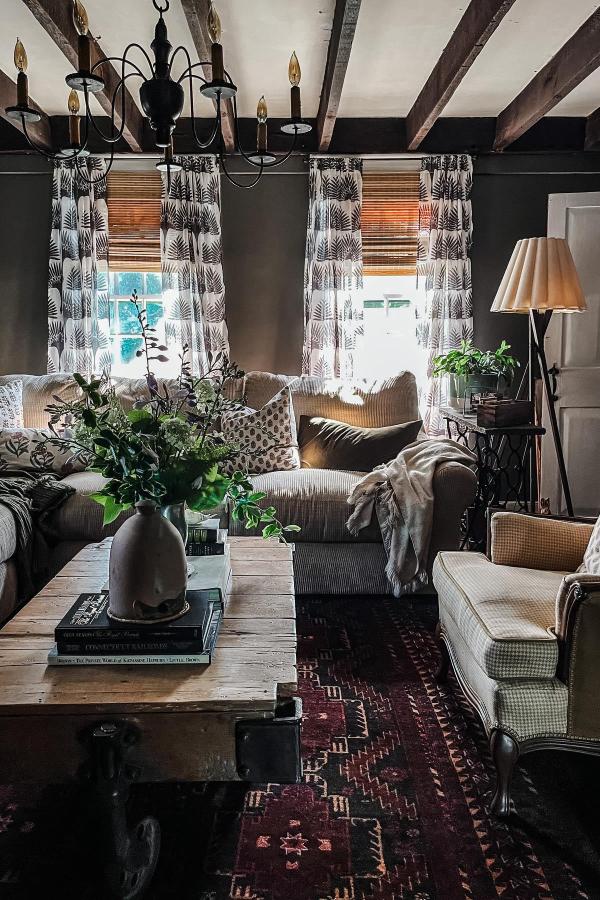
When you’re working with limited square footage, it’s important to create visual interest without overcrowding. Textures and layers can make even the simplest room feel rich, cozy, and complete.
Mix Soft Textiles
Introduce different materials and finishes through throws, pillows, curtains, and rugs. A chunky knit throw draped over the arm of a linen sofa, paired with velvet or sherpa cushions, can instantly elevate your space. Texture invites touch, and that tactile quality is at the heart of coziness.
Layer Rugs for Warmth
If your floor is hardwood or tile, layering a soft area rug over a jute or flatweave base adds instant warmth and softness underfoot. It also helps absorb sound, important in echo-prone small spaces, and contributes to the room’s visual layering.
Curtains and Wall Hangings
Floor-length curtains made from heavy fabrics like linen, cotton, or velvet not only insulate the space but also soften the lines of windows and walls. Tapestries or fabric wall hangings can add warmth without taking up any physical space, making them ideal for smaller rooms.
Use Natural Materials
Wood, rattan, stone, and clay all add organic warmth and texture to a room. A small wooden side table, a rattan basket for storage, or a ceramic vase with dried flowers contributes earthy tones and natural comfort.
4. Choose a Warm, Harmonious Color Palette
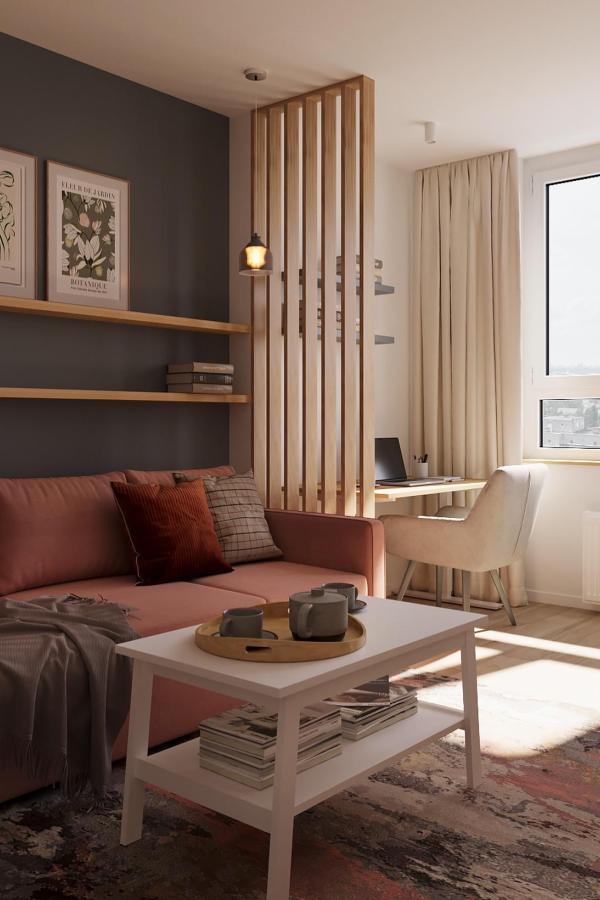
Color has a powerful impact on how a space feels. In small living rooms, using a warm, harmonious palette can make the space feel enveloping and intimate without being overwhelming.
Go for Warm Neutrals
Shades like creamy white, warm beige, taupe, terracotta, and soft browns create a soothing base. These tones reflect light gently and work well with natural materials and layered textiles. They also visually connect the room, making it feel cohesive and balanced.
Accent with Earthy or Muted Tones
Add personality through accents in muted hues like olive green, rust, mustard yellow, or navy. These rich colors can be introduced through pillows, artwork, or small decor items. Avoid overly bold or contrasting colors, which can disrupt the flow and make the space feel smaller.
Paint Strategically
If you’re open to painting, consider using a single color on both walls and trim to blur boundaries and make the space feel larger. Alternatively, paint one accent wall a warm, rich tone to create a focal point that adds depth.
Incorporate Color Through Art and Decor
Even if your walls remain neutral, you can add cozy vibes with artwork, pottery, textiles, or plants in earthy or sunset-inspired tones. These small touches of color keep the space visually interesting and comforting.
5. Maximize Function Without Sacrificing Charm
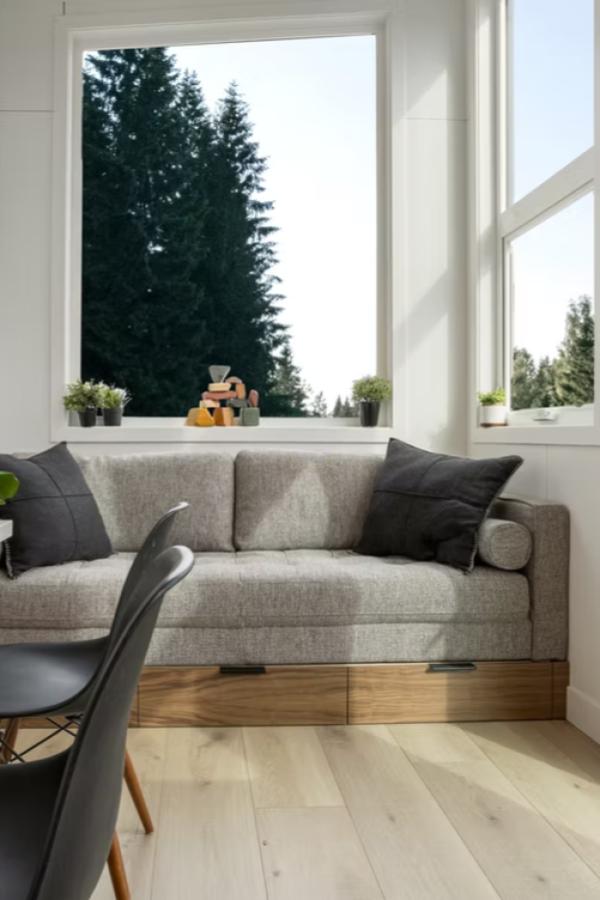
Cozy doesn’t mean cluttered. In small living rooms, function and form must work hand in hand. Prioritize smart storage, flexible layouts, and decor that serves multiple purposes, without sacrificing the charm that makes the room feel like home.
Use Hidden or Vertical Storage
Built-in shelves, vertical bookcases, or wall-mounted storage units free up precious floor space while keeping your living room tidy. Look for furniture with hidden compartments or dual-purpose items, such as a coffee table with lift-top storage or a bench with drawers.
Create a Multipurpose Space
Your living room might also serve as your workspace, dining area, or guest zone. Choose foldable or stackable furniture to adapt the room as needed. A slim desk can double as a console table, and a daybed or futon can host guests without compromising on everyday comfort.
Decorate With Intent
Be selective with your decorative items. Choose pieces that mean something to you, a vintage clock, a handmade mug, or a framed photo. When each item has a story or purpose, your space becomes more than just decorated, it becomes personal.
Keep the Clutter Out of Sight
Baskets, decorative boxes, and soft bins help maintain the cozy feel without visual chaos. They’re perfect for storing blankets, books, or electronics while keeping surfaces clear and calming.
Add Greenery for a Natural Touch
Even a small room can benefit from a few indoor plants. Opt for low-maintenance varieties like pothos, snake plants, or ZZ plants. They add life, color, and a fresh feel without taking up much space. A plant on a window sill or hanging from the ceiling adds beauty without bulk.
Final Thoughts: Small Space, Big Comfort
Creating a cozy living room in a small space is all about smart choices and soulful touches. With scaled-down furniture, layered lighting, rich textures, and warm colors, you can turn even the most compact room into a welcoming haven. It’s less about size and more about feeling, comfort, connection, and personal expression.
Remember, the most successful cozy spaces don’t try to look like someone else’s home, they reflect the people who live in them.
So whether you’re curling up with a book, hosting friends for tea, or simply unwinding after a long day, your small living room can be the most comfortable place in the world.
